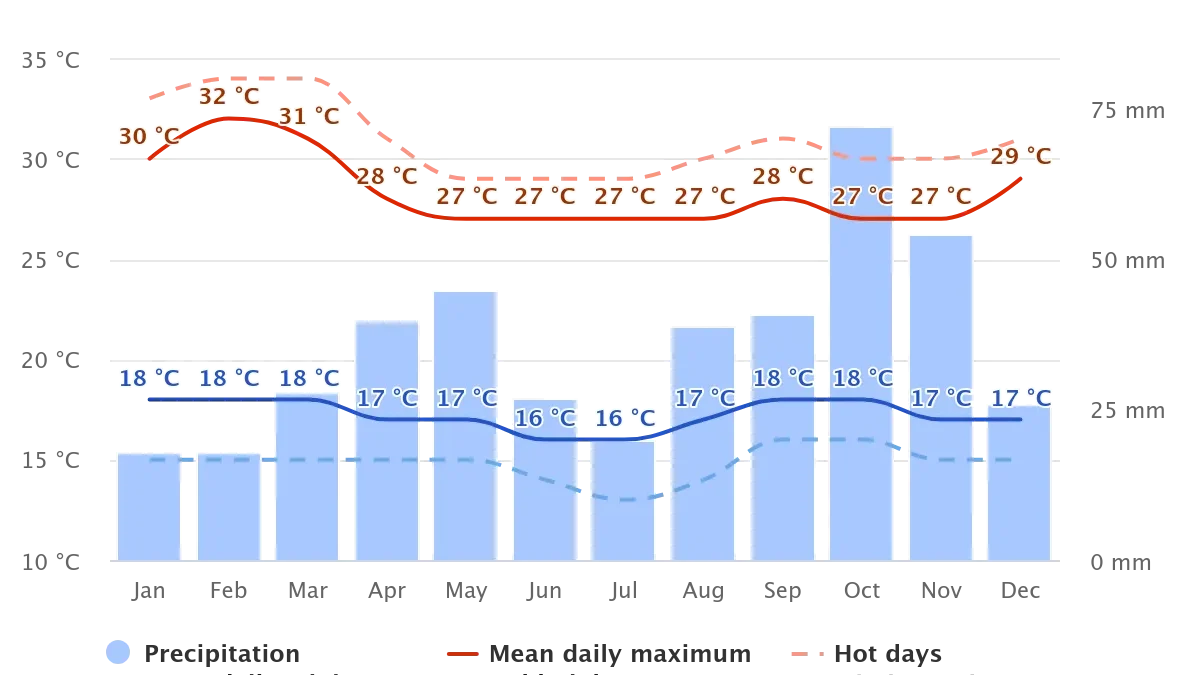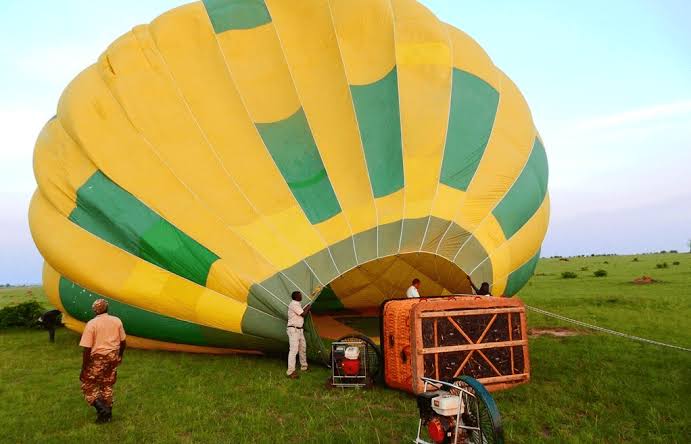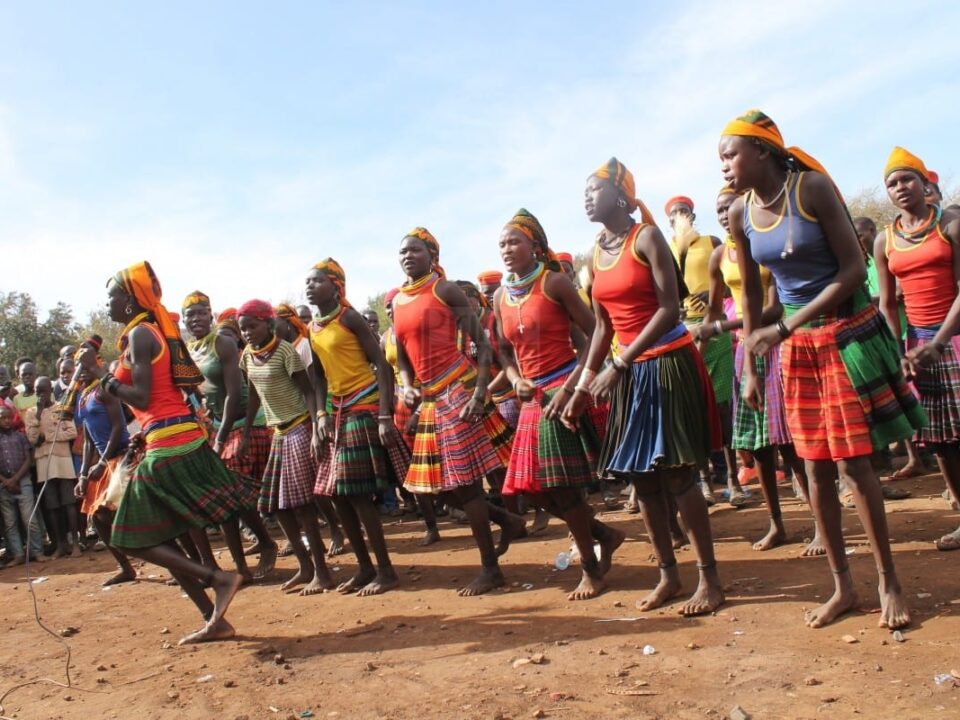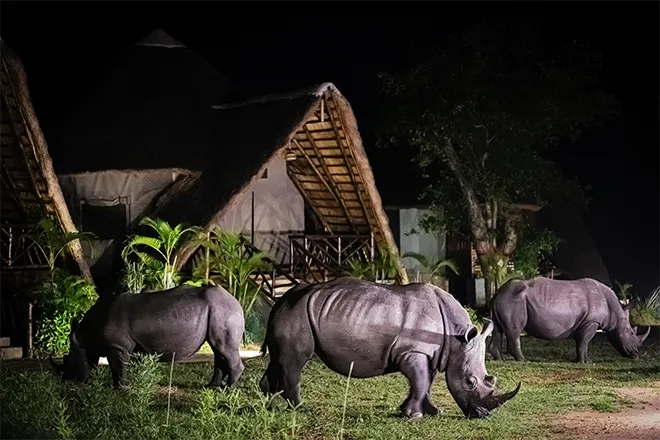- GET IN TOUCH WITH US:
- +256 753518160
- +256 777842166
- info@experiyatourcompany.com

Uganda Wildlife Tours for Big Cat Lovers
November 20, 2025
Uganda Budget Gorilla Trekking Options
November 20, 2025Uganda Safari Weather Guide
Uganda, the Pearl of Africa, is one of the most rewarding safari destinations on the continent thanks to its lush landscapes, diverse wildlife, and extraordinary year-round accessibility. Unlike many other African countries with extreme climate variations, Uganda enjoys a relatively stable, mild, and tropical climate throughout the year. This makes it easy for travelers to plan safaris, gorilla trekking adventures, and hiking trips without worrying too much about drastic weather shifts. However, understanding Uganda’s seasonal patterns can help you choose the best times for specific activities, maximize wildlife sightings, and ensure a more comfortable and enjoyable safari experience.
This Uganda safari weather guide provides an in-depth look at temperatures, seasonal changes, rainfall patterns, wildlife behavior across seasons, best months to travel, packing recommendations, and how weather affects different safari destinations—from Bwindi’s mist-covered gorilla trails to the sun-drenched savannahs of Murchison Falls and Queen Elizabeth National Park.
Understanding Uganda’s Climate
Uganda lies along the equator, which contributes to its consistent year-round climate. While temperatures and rainfall vary across regions—mountains, forests, lowlands, and lakeshores—the country generally experiences two main seasons:
Dry Season: June to September, December to February
Wet/Rainy Season: March to May, October to November
These seasons influence both safari conditions and trekking experiences.
General Temperature Patterns
Uganda’s temperatures are mild and comfortable most of the year:
Daytime: 24°C to 30°C (75°F to 86°F)
Nighttime: 16°C to 22°C (60°F to 72°F)
Higher-altitude areas such as Bwindi, Mgahinga, and the Rwenzori Mountains can be considerably cooler, especially at night.
Uganda’s Dry Seasons: Best Time for Safaris
June to September: Long Dry Season
This is considered the peak safari season in Uganda. It combines excellent weather, clearer skies, and ideal trekking conditions.
What to Expect
Low rainfall
Mild daytime temperatures
Cool mornings and evenings
Dry, accessible forest trails
Frequent animal sightings at water sources
Best Activities in This Season
Gorilla trekking in Bwindi
Chimpanzee trekking in Kibale
Game drives in Queen Elizabeth, Murchison Falls, and Kidepo
Boat safaris on the Nile and Kazinga Channel
Hiking in Sipi Falls and Mount Elgon
June and July are especially good for primate tracking because vegetation is thinner, offering better visibility.
December to February: Short Dry Season
The second dry season is also a fantastic time for safaris.
What to Expect
Hotter temperatures compared to June–September
Minimal rain
Clear skies
High wildlife activity
Best Activities
Savannah safaris
Birdwatching (migratory species present)
Gorilla trekking
Cultural tours
December and January offer some of the best weather for photography.
Uganda’s Wet Seasons: Great Value and Lush Landscapes
March to May: Long Rainy Season
This is the wettest time of year in Uganda. While still beautiful, it presents more challenges for safaris and trekking.
What to Expect
Frequent, heavy rainfall
Slippery forest trails
Greener landscapes
Fewer crowds
Despite rains, wildlife remains active and visible.
When to Travel in This Season
Photographers love this period for dramatic skies
Budget travelers benefit from discounted rates
Birdwatching is exceptional
Rain typically falls in short bursts, not all day.
October to November: Short Rainy Season
This is a transitional season with mild rainfall compared to March–May.
What to Expect
Short, sporadic rains
Warm temperatures
Bright green landscapes
Improved road accessibility compared to earlier wet months
This period appeals to travelers wanting smaller crowds and stunning green scenery.
Weather by Region: How Conditions Vary Across Uganda
Uganda’s diverse ecosystems create microclimates that shape safari and trekking conditions differently across regions.
Bwindi Impenetrable National Park
Altitude: 1,160–2,600 meters
Climate: Cool, misty, and humid
Weather Influence:
Rain is possible year-round
Dry seasons offer the best trekking
Wet seasons make trails slippery and demanding
Temperature Range:
7°C–20°C (45°F–68°F)
Queen Elizabeth National Park
Altitude: 900–1,500 meters
Climate: Warm, with low rainfall
Weather Influence:
Ideal game drives during dry seasons
Kazinga Channel boat cruises operate year-round
Temperature Range:
18°C–30°C (64°F–86°F)
Murchison Falls National Park
Altitude: ~620 meters
Climate: Hot and dry, especially in the north
Weather Influence:
Best during dry months
Water levels of the Nile vary slightly by season
Temperature Range:
22°C–34°C (72°F–93°F)
Kidepo Valley National Park
Altitude: 900–1,200 meters
Climate: Semi-arid
Weather Influence:
Hot temperatures year-round
Rainfall is unpredictable
Dry seasons offer outstanding predator sightings
Temperature Range:
24°C–36°C (75°F–97°F)
Kibale Forest National Park
Altitude: 1,100–1,600 meters
Climate: Tropical, humid
Weather Influence:
Best chimp trekking during dry seasons
Wet months ideal for birdwatching
Temperature Range:
15°C–27°C (59°F–80°F)
Lake Mburo National Park
Altitude: 1,220–1,828 meters
Climate: Warm, fairly dry
Weather Influence:
Accessible year-round
Ideal for walking safaris
Temperature Range:
17°C–29°C (62°F–84°F)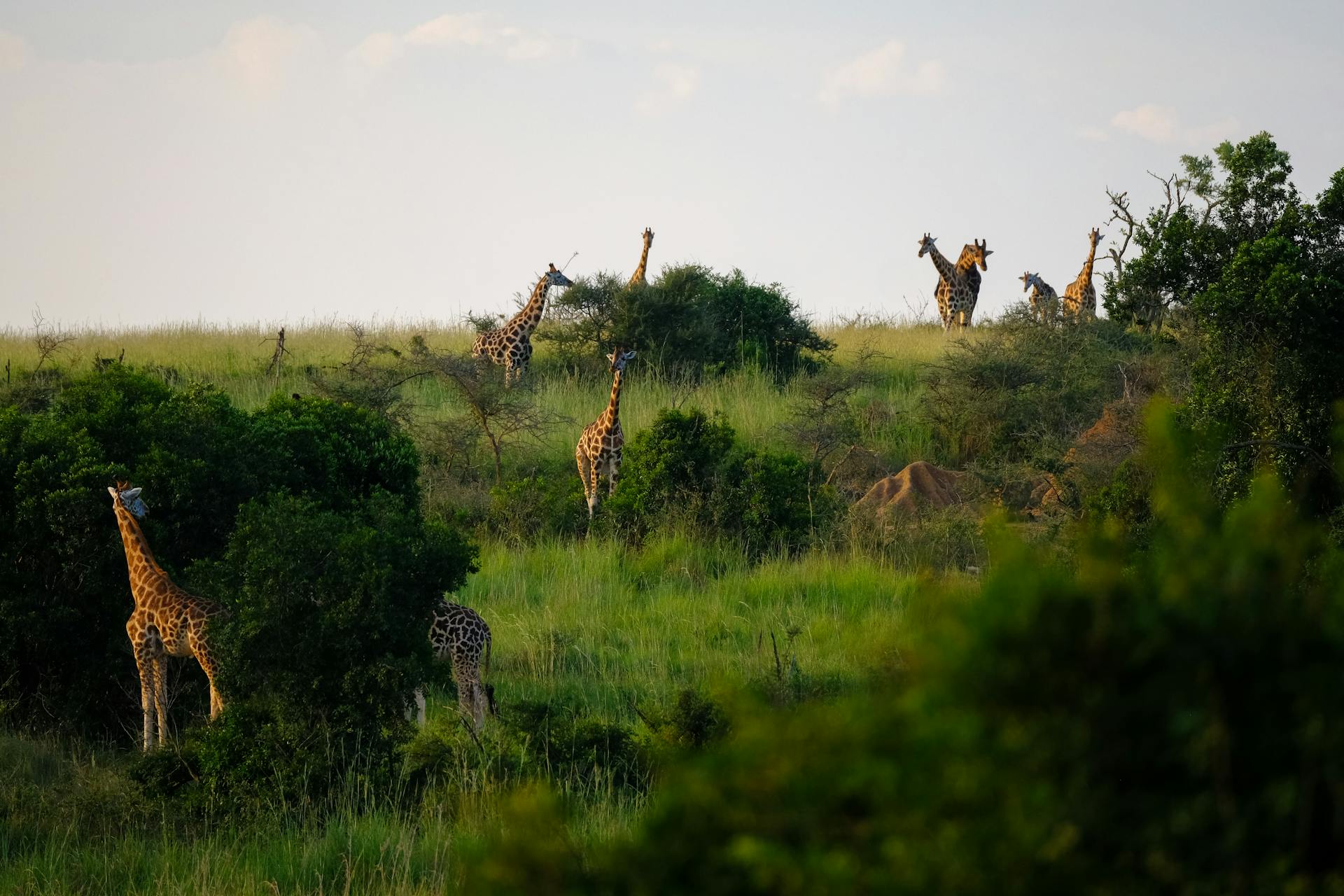
Seasonal Safari Highlights
Best Wildlife Viewing Season
June–September
Animals gather around shrinking waterholes
Big cats are more active
Best Gorilla Trekking Season
June–September and December–February
Dry trails, better visibility
Best Birdwatching Season
November–April
Migratory birds from Europe and Asia
Wetlands and forests teem with species
Best Photography Season
December–February
Clear skies, golden light
Best Scenery Season
March–May and October–November
Lush green landscapes for scenic photography
How Weather Affects Safari Activities
Game Drives
Dry seasons = easier navigation and better visibility
Wet seasons = lush landscapes but tall grass can hide wildlife
Gorilla Trekking
Dry seasons = easier hikes, safer trails
Wet seasons = muddier trails, but gorillas remain active and nearby
Boat Safaris
Run year-round
High water levels improve birdwatching
Clear skies enhance sunset cruises
Hiking and Mountain Climbing
Best from December to February and June to August
Rwenzoris require dry months for safe trekking
Packing Guide Based on Weather
Essentials for Dry Season
Light clothing
Sunhat
Sunscreen
Binoculars
Breathable hiking wear
Essentials for Wet Season
Waterproof boots
Rain jacket
Gaiters
Warm layers for high-altitude areas
Quick-dry shirts
Gorilla Trekking Equipment
Garden gloves
Waterproof backpack
Long trousers
Light fleece
Always bring layers—weather can change quickly in mountain regions.
Tips for Planning Uganda Safaris Around Weather
Book gorilla and chimp permits in advance during peak dry seasons
Consider budget advantages during rainy seasons
Choose safari destinations based on activity type
Stay flexible—short rain showers are common even in dry months
Use 4×4 vehicles during wet seasons for difficult terrain
Uganda remains accessible and enjoyable throughout the year.
Why Understanding Uganda’s Weather Enhances Your Safari
Knowing the climate helps you:
Pick the best time for your interests
Pack properly
Select the right parks
Maximize wildlife viewing
Experience comfortable trekking
Avoid unnecessary surprises
Uganda’s stable climate ensures year-round safari enjoyment, but the right timing enhances every moment.
Book Your Uganda Safari with Experiya Tour Company
For a safari tailored to the best weather conditions and your personal preferences, Experiya Tour Company provides expertly planned Uganda safari packages. With professional guides, comfortable vehicles, handpicked lodges, and seamless logistics, Experiya ensures every safari—whether during dry or wet seasons—is unforgettable. Book your Uganda safari with Experiya Tour Company today to explore the Pearl of Africa with confidence and comfort.

